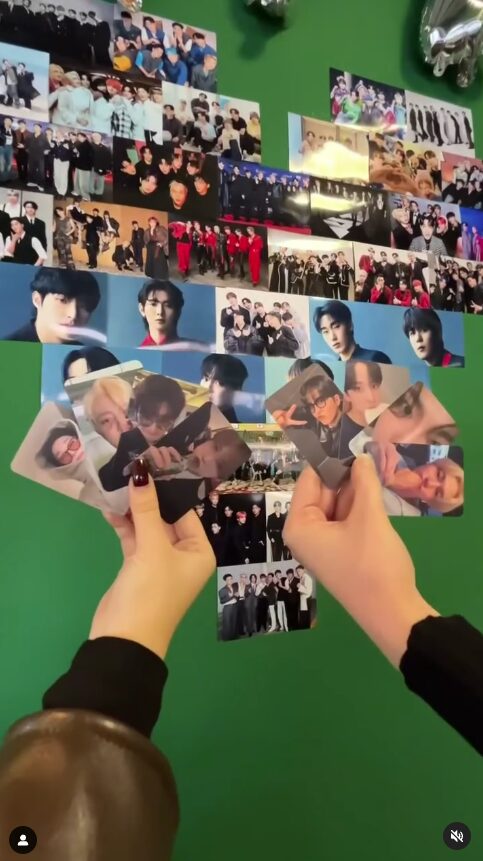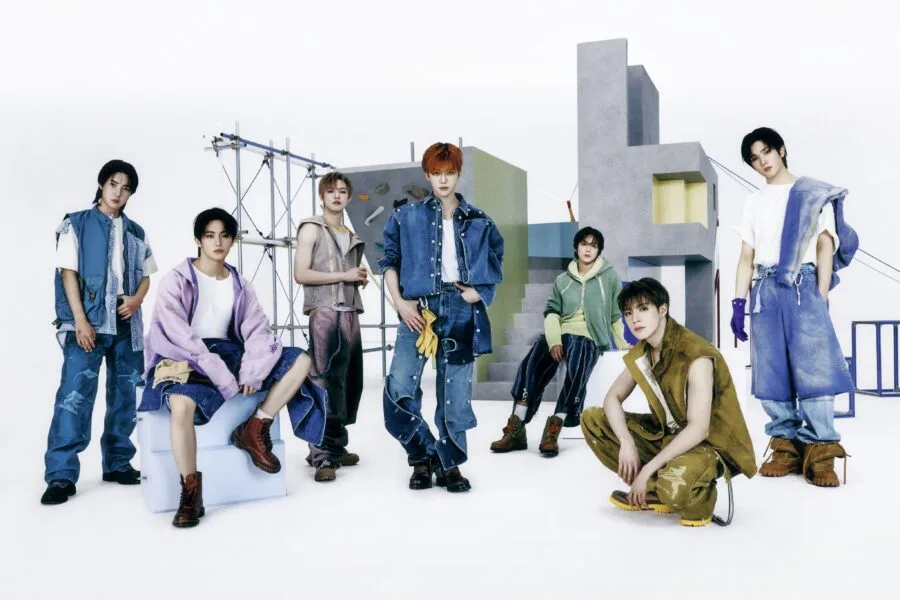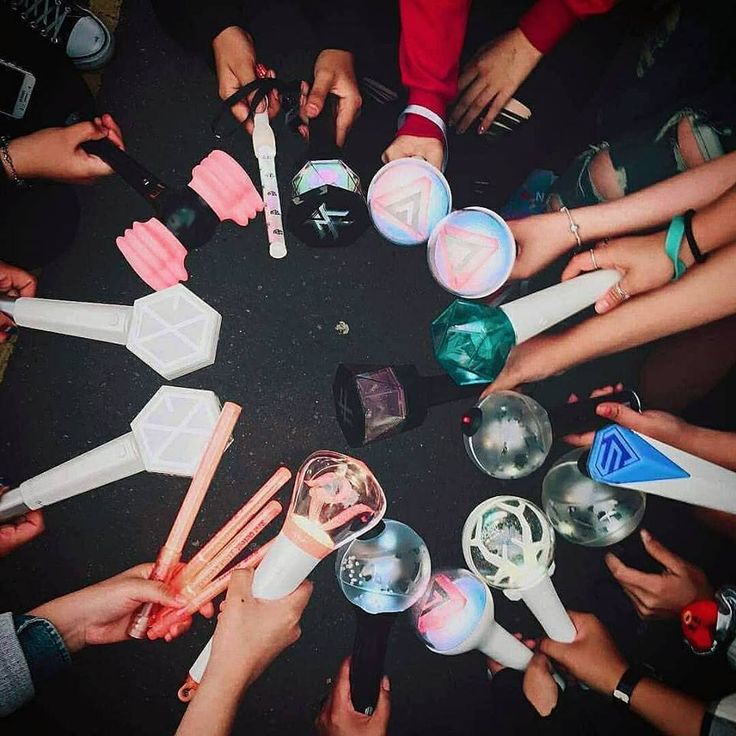K-Pop has transcended mere music; it has evolved into a cultural movement fueled by dedicated and passionate fans. Over the years, the way fans engage with their favorite idols has transformed dramatically, influencing the industry itself. From traditional fan cafés to the powerful impact of social media, let’s explore how fan engagement has evolved in the digital age.
The Era of Fan Cafés and Forums
In the early 2000s, K-Pop fan engagement primarily revolved around online fan cafés, mainly hosted on platforms like Daum and Naver. These exclusive online communities allowed fans to connect, share updates, and interact with their favorite idols through official messages. Fan cafés served as the core of fandom culture, offering everything from fan art and discussions to official announcements from entertainment companies. To access premium content, fans often had to pass entry tests, demonstrating their dedication to the artist.
The Rise of Social Media and Instant Connectivity
The advent of social media platforms such as Twitter, Instagram, and YouTube brought a seismic shift in K-Pop fan engagement. Idols could now communicate with global audiences in real time. Twitter became a vital platform for K-Pop fandoms, enabling fans to trend hashtags, stream music, and organize global projects. Instagram offered a visual diary into idols’ daily lives, while YouTube transformed content consumption with vlogs, behind-the-scenes clips, and live performances.
The Impact of Fan Voting and Streaming Culture
As the digital landscape evolved, fan engagement extended beyond mere interactions to direct influence over an idol’s success. Fan voting for award shows, such as the Mnet Asian Music Awards (MAMA) and Billboard Music Awards, became essential for fans to support their favorite artists. Streaming culture emerged as a crucial element of K-Pop success, with fans organizing mass streaming projects on YouTube and Spotify to elevate their idols’ rankings. Apps like V LIVE further bridged the gap between artists and fans, offering live streams, Q&A sessions, and exclusive behind-the-scenes content.
The Power of Fandom-Driven Projects
K-Pop fandoms are renowned for their dedication and creativity, orchestrating large-scale projects to celebrate their idols’ achievements. From birthday billboards in Times Square to charitable donations in an artist’s name, fans have showcased their ability to make a tangible impact. Crowdfunding platforms like Makestar have enabled fans to financially support album releases, merchandise, and special projects initiated by their favorite groups.
The Future of Fan Engagement in K-Pop
As technology continues to advance, fan engagement in K-Pop is poised to become even more immersive. The rise of virtual reality (VR) concerts, artificial intelligence-driven interactions, and metaverse-based fan experiences will further strengthen the bond between idols and fans. As the industry adapts, one thing remains clear: K-Pop thrives because of its fans, and their unwavering support will continue to shape the genre’s future.
From the early days of fan cafés to the global powerhouse of social media fandoms, K-Pop has proven that fan engagement is the heart of the industry. With emerging technologies and platforms, the connection between idols and their supporters will only deepen, underscoring that K-Pop is more than just music—it’s a community-driven phenomenon that continues to evolve.
Author theusidil





